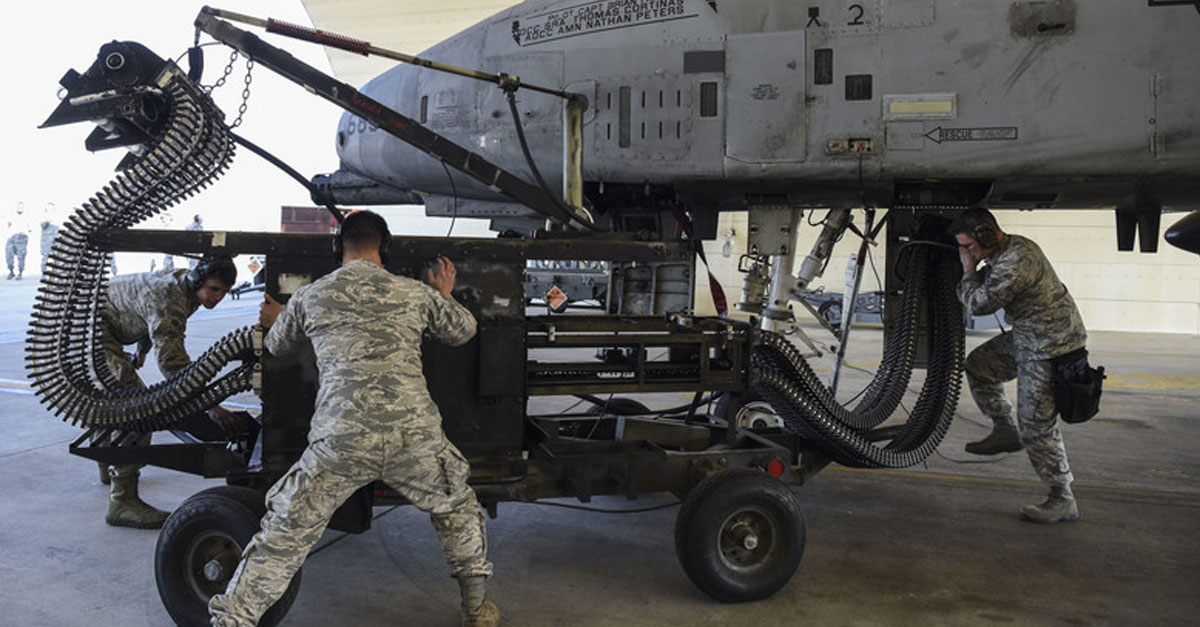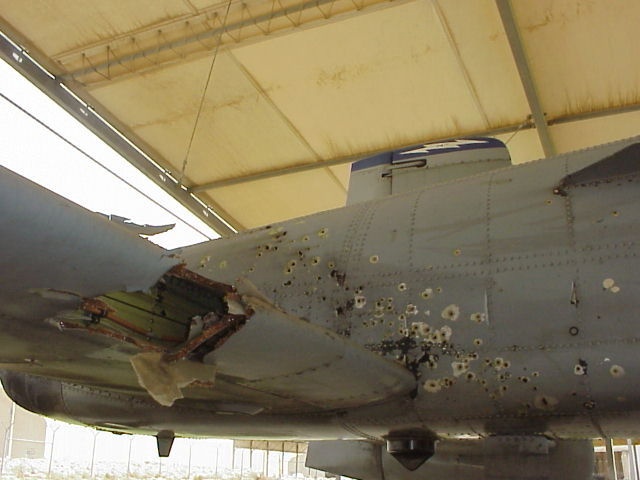A-10 Warthog: 50 Facts About This Legendary Aircraft
The A-10 Warthog Has An Exclusive Ammunition Loading Vehicle

There is a special vehicle created just for loading ammunition into the A-10 Thunderbolt II. It’s called “The Dragon”.
This Attack Aircraft Is Thoroughly Battle Proven

After a brief deployment during the invasion of Granada, the A-10 first saw real combat during the 1991 Gulf War. With concerns about Iraq’s large and well-equipped armor divisions, the A-10 Warthog became the backbone of the coalition’s close air support. On the second day of the war, two A-10’s destroyed 23 Iraqi tanks across three sorties. The display caused some Iraqi soldiers to refer to the A-10 as the “Cross of Death.” The name likely stems from the plane’s semblance to a cross from underneath. According to official record from the conflict, the A-10 Warthog had a mission capable rate of 85 percent and fired 311,597 rounds of 30 mm ammunition over the course of hostilities. Despite the many dangerous missions flown, only a single Warthog was shot down by the enemy.
This was the auspicious beginning of a long career, as the A-10 is still proving itself effective during the ongoing War on Terror in the Middle East and Afghanistan. As of 2015, the A-10 Thunderbolt has flown about 11 percent of all United States Air Force sorties against ISIS in Syria and Iraq. That’s a reduction from what it flew in Operation Iraqi Freedom and Afghanistan – about 32 percent of the combat sorties in both theaters.

